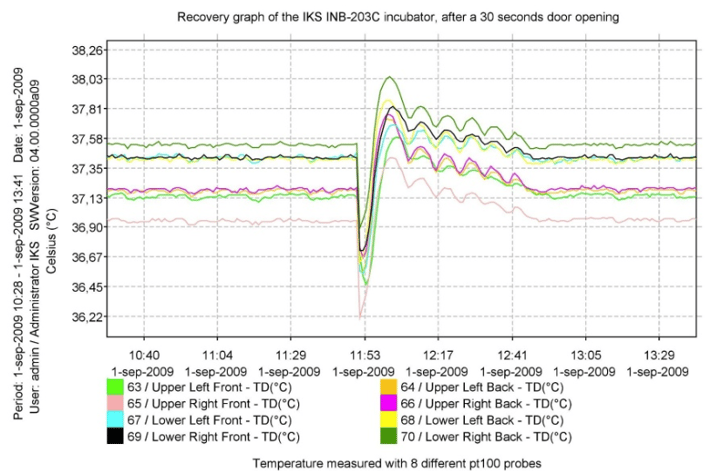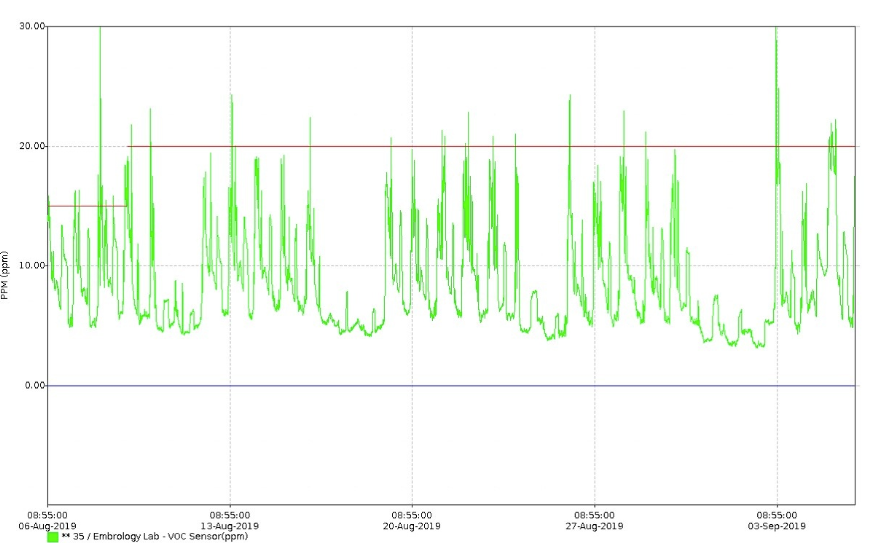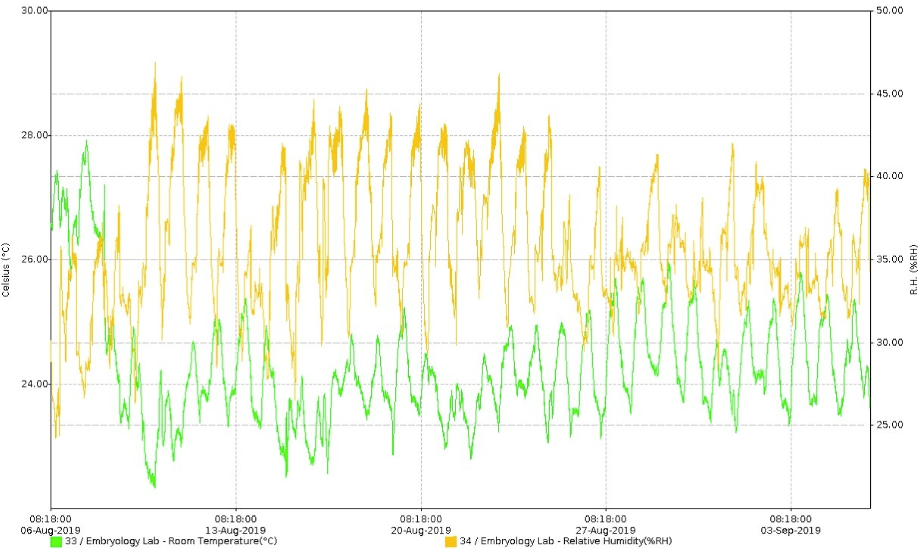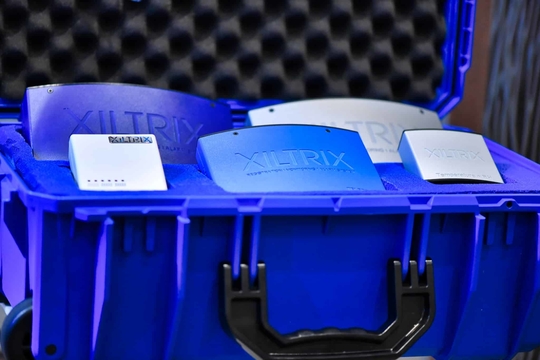What’s the difference between a data logger and a data acquisition (DAQ) system? It’s more than just reactive versus proactive, respectively. It’s about successfully managed lab environments, equipment, and facilities.
The Main Differences Between a DAQ and a Data Logger
Before we get into the technicalities, here’s a simple analogy: the difference between a data acquisition system (often abbreviated as a DAQ) and a data logger is as simple as the difference between an email and a postcard.
A DAQ is the email: you get a ping on your phone, know there’s a message, and can access it instantly. I.e., your phone and email app have essentially acquired the message content for you. The postcard, however, is “logged” in a physical mailbox outside your home. Want to access the content? You have to go and get it.
Now take this difference and roll it into the real world: a freezer failure at Children’s Hospital Los Angeles that resulted in dozens of cancer patients losing their stored stem cells. While not all the details have been disclosed, if you were a clinical lab manager monitoring a similar freezer with a data logger, you likely wouldn’t have learned about such a failure in real-time and therefore been unable to prevent it.
But with a DAQ — powered by a real-time laboratory monitoring system that is flexible, accurate, robust, and easy to use — you can discover failures like the preceding almost as they happen and save the cells that can save lives.
What are Data Loggers?
First, some basic definitions of some basic terms. Although we stand by the analogy, a data logger in a clinical lab is much more than a metal mailbox. It’s a device that stores the temperature of particular lab equipment or an overall lab environment. The temperature data is stored inside a data logger and can be extracted, after the fact, to determine if any deviations occurred that may have adversely affected samples.
The key thing to keep in mind is that data loggers are reactive, whereas DAQ are proactive. You must therefore pull information from a data logger, rather than having it pushed to you by a data acquisition system. And so, using a data logger, by the time you learn a problem has occurred, it’s too late to do anything.
Specific Feature Differences Between a Data Acquisition System and a Data Logger
The key difference is already spelled out: proactive over-reactive, push instead of pull. But there are other features (or lack thereof) that differentiate these two common systems…
- Real-time monitoring vs timestamp sequence logging: In the event of an emergency, a DAQ system will allow you to log in remotely and take action while continuing to capture critical data before, during, and after the emergency. A data logger, however, will often require you to interrupt the logging sequence to diagnose any issue, causing you to miss valuable information.
- Flexible configuration of alerts: Data acquisition systems are usually highly configurable and will give you the ability to set various parameters for lab facility, equipment, and environment alerts. Data loggers typically don’t offer this flexibility (as they don’t send alerts and you manually have to access the data).
- Improved SOPs: Data acquisition systems help improve SOPs by 1) capturing valuable information about how researchers interact with equipment and respond to alarms, and 2) providing detailed, comprehensive reports over fixed periods of time, that give you a macro-view of the lab, and may be shared with, for example, compliance officers or during security audits.
Following are even more concrete examples of why a high-quality DAQ might be a better fit than a simple data logger, as they provide actionable data in real-time.
The data in these images can really only be accessed via a DAQ, and, as you’ll see, it’s data that can optimize workflows, protect resources, and improve the quality of a lab’s samples and, in turn, its science.

1. Real-time data and historical data on incubator recovery time after door openings can help optimize research cycles and experiments.

2. Data collected from cold storage units can measure the impact of considerable hysteresis, which can compromise the structural integrity of biological samples. The DAQ information shown in the example below reveals these units should have their set point raised 1º to avoid freezing samples.

3. VOCs (Volatile Organic Compounds) in the air can affect biological substances, but when are they most prevalent? What mitigating factors may be present during times when VOC levels spike? A DAQ empowers you with actionable insights.

4. A DAQ also gives you a truly macro view of the micro-events that could impact your lab: here we see temperature, relative humidity, airflow, and other parameters in the laboratory, all in one place.
While data loggers are an improvement over not capturing any of the data, most lab work is far too costly and critical to rely on the “Monday morning quarterback” information they offer. Today’s clinical lab managers need real-time data in usable formats they can access anywhere and anytime. They need a full-fledged, 24/7 data acquisition system.
Where are you in accessing all critical data from within and around your lab? More importantly, where do you want to be? We can help get you there with a lab monitoring and data acquisition service customized to your specific business needs. Simply send us a message or schedule a complimentary lab consultation:

